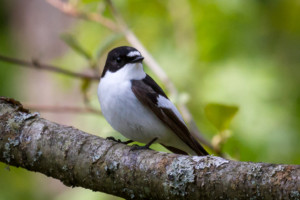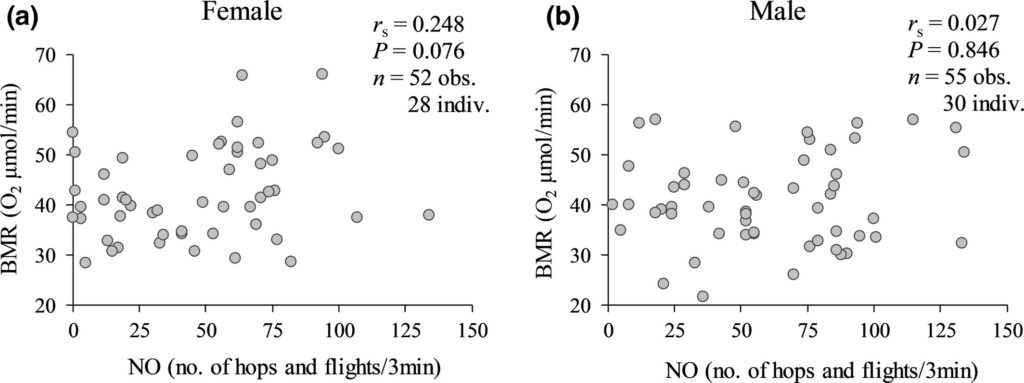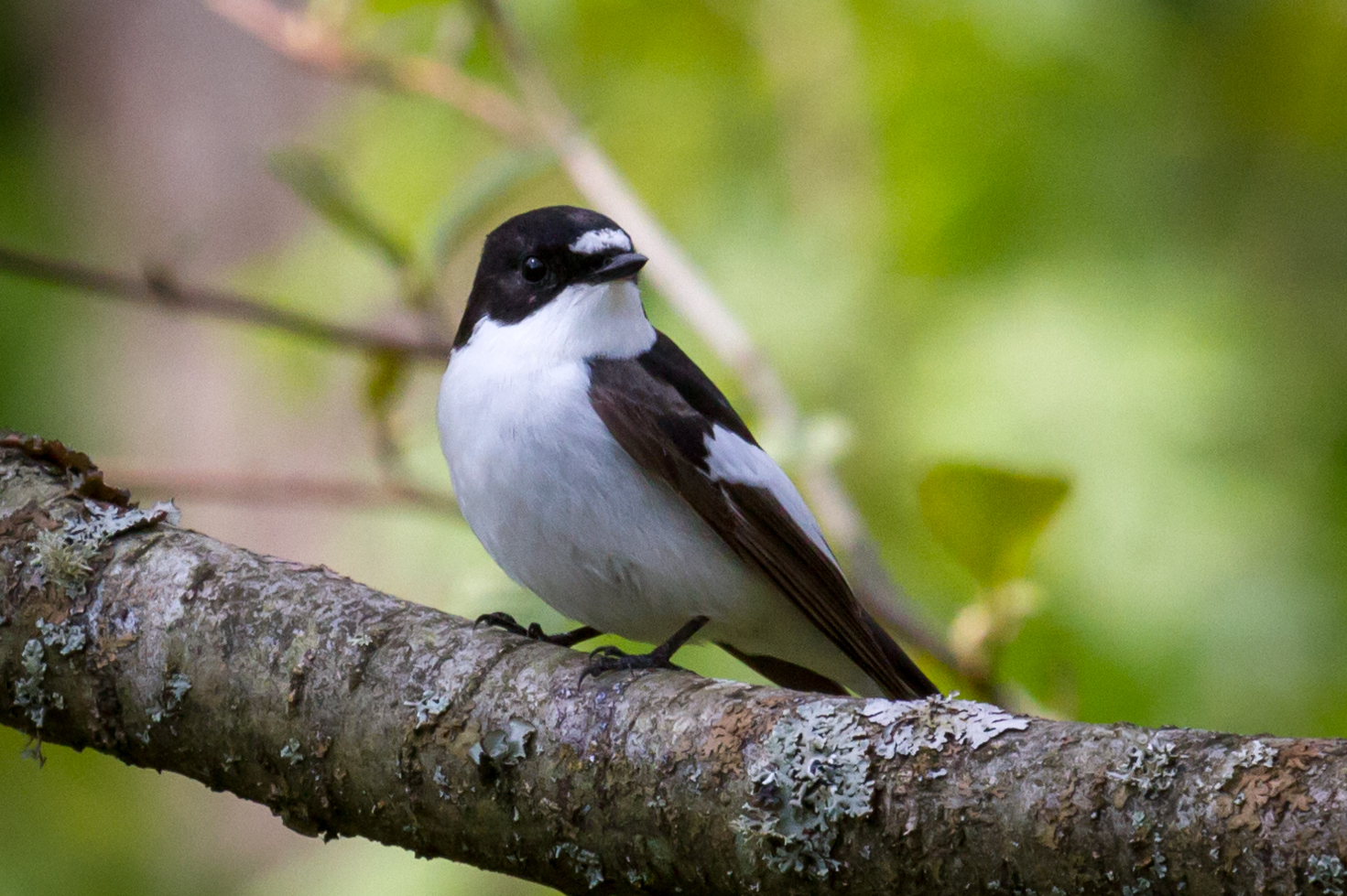 LINKED PAPER
LINKED PAPER
Explorative behaviour is not associated with metabolism in the European Pied Flycatcher Ficedula hypoleuca. Poranen, O. & Ruuskanen, S. 2021. IBIS. DOI: 10.1111/ibi.12853. VIEW
Some individuals live fast and die young, while others adopt a slower rhythm in life. The diversity across this continuum from slow to fast pace-of-life probably reflects a trade-off between survival and reproduction. Species with a short lifespan tend to produce more young compared to long-living species. According to the pace-of-life syndrome (POLS) hypothesis, several behavioral and physiological traits have evolved together with a particular pace-of-life strategy (Montiglio et al. 2018). For example, individuals with a fast pace-of-life tend to be more active and grow faster. This reasoning suggests that there might be a link between metabolism and personality traits (Bouwhuis et al. 2014). Individuals with a high metabolism will produce more energy which they can invest in costly behaviors, such as aggression. Aggressive individuals are usually bold and explorative, while less aggressive individuals are shy and mostly avoid new situations.
Experiments
Oona Poranen and Suvi Ruuskanen tested the relationship between metabolism and personality in the European Pied Flycatcher (Ficedula hypoleuca). They estimated the basic metabolic rate of 61 birds based on their oxygen consumption. Next, they exposed these birds to a new environment and several novel objects to determine their personality type. The boldness of an individual was quantified by counting the number of hops and flights it performed in a novel situation. The statistical analyses revealed no correlation between basic metabolic rate and explorative behavior in these flycatchers. No support for the pace-of-life syndrome hypothesis.

Figure 1. The researchers detected no significant correlations between basal metabolic rate (BMR) and novel object activity (NO) in female (a) and male (b) Pied Flycatchers.
Explanations
The researchers offer several explanations for this negative result. First, the lack of a correlation might be due to the availability of food. Another study found that in poor environmental conditions with less food populations exhibit a slower pace-of-life, whereas in richer environmental conditions, a faster pace-of-life is observed more (Dammhahn et al. 2018). In the experiment, the birds were regularly fed which could minimize the effect of food availability. Second, the researchers did not measure reproduction, which is an important component of the pace-of-life syndrome. It is possible that the individual differences will become apparent in the number of offspring. Third, the personality types might change over time. For example, Dubuc-Messier et al. (2017) detected differences in behavior among three populations of blue tits (Cyanistes caeruleus) that were in line with in the pace-of-life syndrome hypothesis in some years but not in others. These possible explanations provide exciting avenues for further experiments, highlighting the importance of negative results in scientific research.
References
Bouwhuis, S., Quinn, J.L., Sheldon, B.C. & Verhulst, S. (2014). Personality and basal metabolic rate in a wild bird population. Oikos 123: 56– 62. VIEW
Dammhahn, M., Dingemanse, N.J., Niemelä, P.T. & Réale, D. (2018). Pace-of-life syndromes: a framework for the adaptive integration of behaviour physiology and life history. Behavioral Ecology and Sociobiology 72: 62. VIEW
Dubuc-Messier, G., Réale, D., Perret, P. & Charmantier, A. (2017). Environmental heterogeneity and population differences in blue tits personality traits. Behavioral Ecology 28: 448– 459. VIEW
Montiglio, P.O., Dammhahn, M., Dubuc-Messier, G. & Réale, D. (2018). The pace-of-life syndrome revisited: the role of ecological conditions and natural history on the slow–fast continuum. Behavioral Ecology and Sociobiology 72: 116. VIEW
Image credits
Top right: Pied Flycatcher (Ficedula hypoleuca) | Lars Falkdalen Lindahl | CC BY-SA 2.0 Wikimedia Commons
Blog posts express the views of the individual author(s) and not those of the BOU.
If you want to write about your research in #theBOUblog, then please see here




